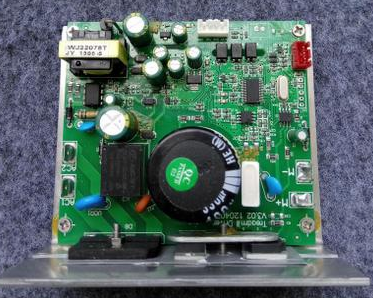There are signs that PCB design is becoming more frequent. As data rates continue to increase, the bandwidth required for data transmission also pushes the signal frequency limit to 1 GHz or higher. Although this high-frequency signal technology far exceeds millimeter wave technology (30GHz), it does involve RF and low-end microwave technology.
The radio frequency engineering method must be able to deal with the strong electromagnetic field effects usually generated at higher frequency bands. These electromagnetic fields can induce signals on adjacent signal lines or PCB lines, causing annoying crosstalk (interference and total noise) and impairing system performance. Return loss is mainly caused by impedance mismatch, which will affect the signal due to increased noise and interference.
High return loss has two negative effects: 1. The signal reflected back to the signal source will increase system noise, making it more difficult for the receiver to distinguish between noise and signal; because the shape of the input signal will change, any reflected signal will be fundamental Decrease the signal quality.

Although the digital system only processes 1 and 0 signals and has good fault tolerance, the harmonics generated when the high-speed pulse rises can cause low-frequency signals. Although forward error correction technology can eliminate some negative effects, some bandwidth of the system is used to transmit redundant data, which leads to a decrease in system performance. A better solution is to help the RF effect rather than harm the integrity of the signal. It is recommended that the total return loss at the highest frequency (usually a bad data point) of the digital system is -25dB, which is equivalent to VSWR 1.1.
The goal of PCB design is smaller, faster and lower cost. For RF PCBs, high-speed signals sometimes limit the miniaturization of PCB designs. Currently, the main method to solve the crosstalk problem is to manage the ground plane, the space between the wiring and reduce the lead inductance. The main method to reduce return loss is to perform impedance matching. This method includes effective management of insulating materials and isolation of active signal lines and grounding lines, especially when the distance between the signal line and the grounding line is greater when the state has been changed.
Since the interconnection point is the weakest link in the circuit chain, in the radio frequency design, the electromagnetic characteristics of the interconnection point are the main problems faced by the engineering design. Each interconnection point should be checked and the existing problems should be solved. The interconnection of the board system includes chip-to-board, PCB board interconnection, and signal input/output between the PCB and external devices.
The interconnection between the chip and the PCB board
Pentium IV and high-speed chips with a large number of I/O interconnect points are available. As far as the chip itself is concerned, it is reliable and has a processing rate of up to 1 GHz. At the recent GHz Interconnect Symposium, what was most exciting was the well-known method of dealing with the ever-increasing number and frequency of I/O. The most important problem of chip-PCB interconnection is that the interconnection density is too high, which causes the basic structure of the PCB material to become a factor limiting the growth of interconnection density. An innovative solution is proposed, which can use the local wireless transmitter inside the chip to send data to nearby circuit boards.
Regardless of whether the program is effective or not, participants clearly know that IC design technology is far ahead of PCB design technology in high-frequency applications.